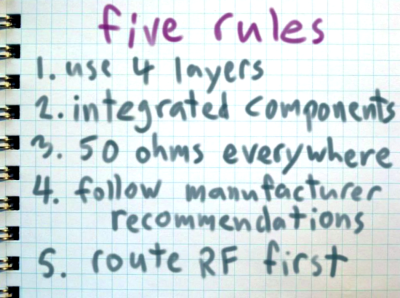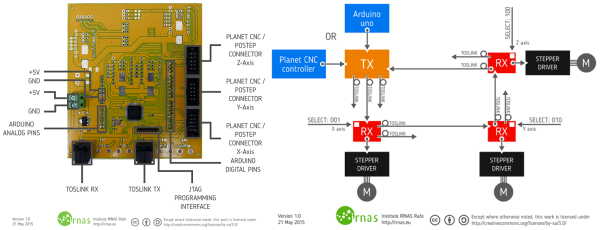We all know that you can stick copper and zinc in an acid and make a battery. And the classic demonstration of this is with a lemon. YouTuber [NorthSurvival] takes this to an extreme — starting a fire by shorting his lemon battery across some steel wool. (Video embedded below.)
Now calling this a “survival tip” is pushing it. A lot. When’s the last time you went camping with a bunch of zinc and copper nails, much less a supply of fresh lemons? It might be easier to put some matches in a waterproof canister, or just bring a lighter. But when the zombie apocalypse comes, and all the lighters are used up, the man with a lemon tree will be a millionaire.
Seriously, though, this demo made us question a few assumptions. First, when people do the potato- or lemon-battery experiment, they often use multiple lemons. Why? Hooking the pins up like [NorthSurvival] did in series seems like a no-brainer after the fact.
And the lemon seems to be putting out a fair amount of juice (Amperes, that is). We’ve got to wonder — what is the short-circuit current of a lemon battery? And why haven’t we seen specs anywhere? What kind of “science education” experiment is this anyway, without measurements?



















